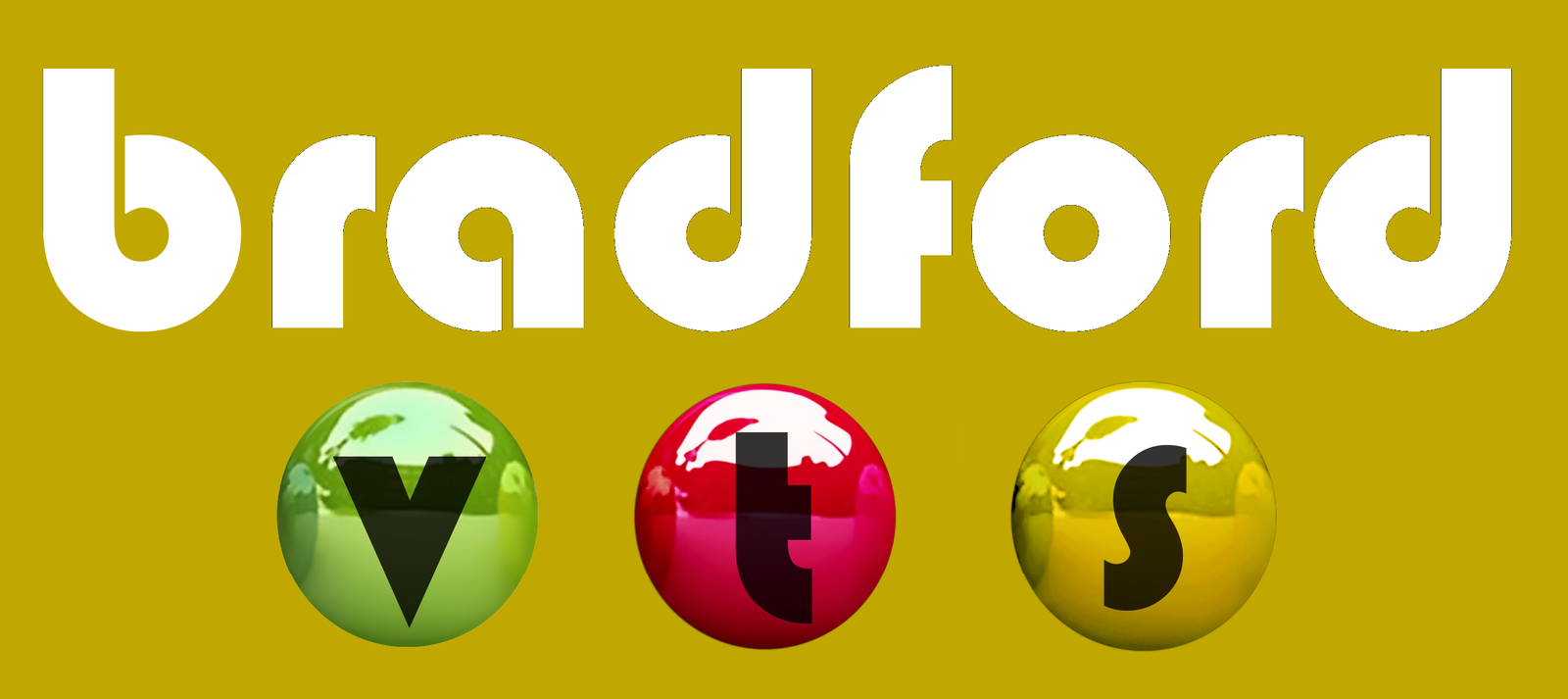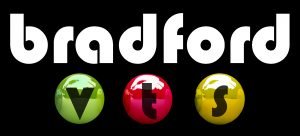Bradford VTS Online Resources:
Teaching & Learning
Curriculum Theory
DOWNLOADS
path: CURRICULUM THEORY
WEBLINKS
- What is curriculum? Exploring theory and practice (nice article)
- Wikipedia on Curriculum
- Wikipedia on Curriculum Theory
- Theories of Curriculum
- Curriculum theory – what is it and why is it important?
- Assessing Teaching – a curriculum theory approach
- Philosophical foundations of curriculum theorizing
- A small article on Curriculum Theory that I like
- The Hidden Curriculum
- A nice little article on The Hidden Curriculum
- The Spiral Curriculum – definition & example
- Bruner’s Spiral Curriculum (excellent)
Videos
What is Curriculum?
The Concept of Curriculum and its effect on teaching & learning
The 3 curricula – explicit, null, hidden
More on Hidden Curriculum
Curriculum Development in Teaching & Learning (Biggs)
Curriculum Development: process and models
The 3 curricula – explicit, null, hidden
More on Hidden Curriculum
Project Based Learning & the Curriculum
Curriculum Evaluation
What is a curriculum? (Formal Curriculum)
- Actually there are two main types of curriculum. The FORMAL curriculum and the HIDDEN curriculum.
- When you think about a curriculum, you’re probably thinking about the FORMAL curriculum. In the early years of the 20th century, the traditional concepts held that the “curriculum is a body of subjects or subject matter prepared by the teachers for the students to learn.” It was synonymous to the “course of study” and “syllabus”. In this traditional sense, the term refers specifically to the planned sequence of instruction/learning in terms of the educator’s or school’s instructional goals. So, often you will see that many educational institutions refer to a curriculm as a defined and prescribed course of studies, which students must fulfill in order to pass a certain level of education. The word curriculum comes from the Latin word for race-course. Can you see why?
- But modern curriculum theorists say it should be about the totality of student experiences that occur in the educational process – not just about the learning outcomes for the organisation. Why? Because its all about transforming humans into persons.
- Curricula may be tightly standardised, or may allow for a high level of instructor or learner autonomy.
The Hidden Curriculum
A hidden curriculum usually refers to the POSITIVE side effects of schooling. In other words, lessons which are learned but not openly intended, such as the transmission of norms, values, and beliefs conveyed in the classroom and the social environment. So remember, if your designing a course, remember that the breaktimes often serve to allow the hidden curriculum to develop as your learners network with each other and you. And some of the learning that happens there might even be more valuable and relevant than what goes on in your classroom. Sometimes it is referred to as the Social Curriculum.
Remember, the term for the traditional curriculum which defines the planned sequence of learning is called a FORMAL curriculum.
What is a curriculum trying to do?
A curriculum helps us to consider, understand and define the following four things…
- Curriculum as a body of knowledge to be transmitted.
- Curriculum as an attempt to help students achieve a goal.
- Curriculum as a process on how to acquire learning.
- Curriculum as praxis – how to apply the theory to the real world (practice).
What's the difference between a Curriculum and a Syllabus?
A syllabus, like a curriculum, will specific all the topics that are to be learnt. However, unlike a curriculum…
- A syllabus does not give any indication of the relative importance of its topics.
- A syllabus does not indicate or make any reference to the order in which the topics are to be studied.
So, if you are developing a curriculum, IN ADDITION to working out the content or body of knowledge, skills and attitudes you wish to transmit, also consider the order in which they are to be studied and which bits are more important than others.
Quick tips to develop a Curriculum
Smith suggests the following:
- Step 1: Diagnosis of needs.
- Step 2: Formulation of objectives.
- Step 3: Selection of content.
- Step 4: Organization of content.
- Step 5: Selection of learning experiences.
- Step 6: Organization of learning experiences.
- Step 7: Determination of what to evaluate and of the ways and means of doing it.
http://infed.org/mobi/curriculum-theory-and-practice
Also look at the SPICE model developed by Harden et al (see resource in Downloads section).
Don't confuse the Hidden Curriculum with a Social Skills Curriculum
A Social Skills Curriculum is a curriculum that defines the academic socialisation knowledge and skills that it expects its learners to develop. In other words, it is structure and well-defined unlike the hidden curriculum where whatever develops cannot be premeditated. In the hidden curriculum, what develops depends of what is relevant and meaningful (amongst other things) for those involved. In the Social Skills Curriculum, the institution is defining what it wants the learners to get skilled up in.
Of course, learners meed tp develop skills to interact and communicate effectively with their peers and others. It is important that educational institutions recognise this role and one way to move forwards in this area is to develop an explicit social skills curriculum to help students of all ages and developmental levels. A social skills curriculum might include…
- Communication
- Being part of a group
- Listening
- Expressing feelings
- Managing conflict
- Social Problem Solving
- Caring for oneself and others
All these things are important and relevant for every learning living and practising in the real world. But don’t confuse it with the hidden curriculum, which is less well defined, less predicatable but equally helps to do some of the things that a Social Skills Curriculum might help achieve.



Hi google
https://www.healthandsafetytips.co.uk/forums/viewtopic.php?t=49510